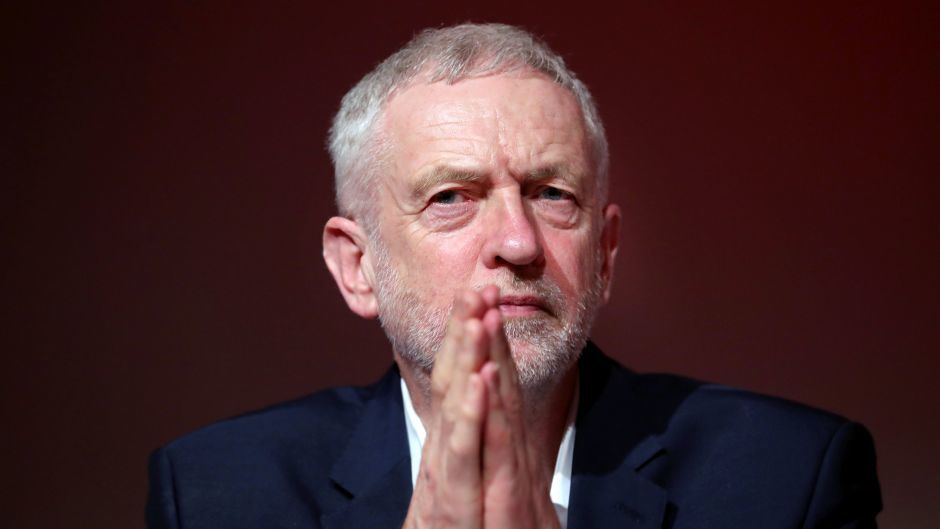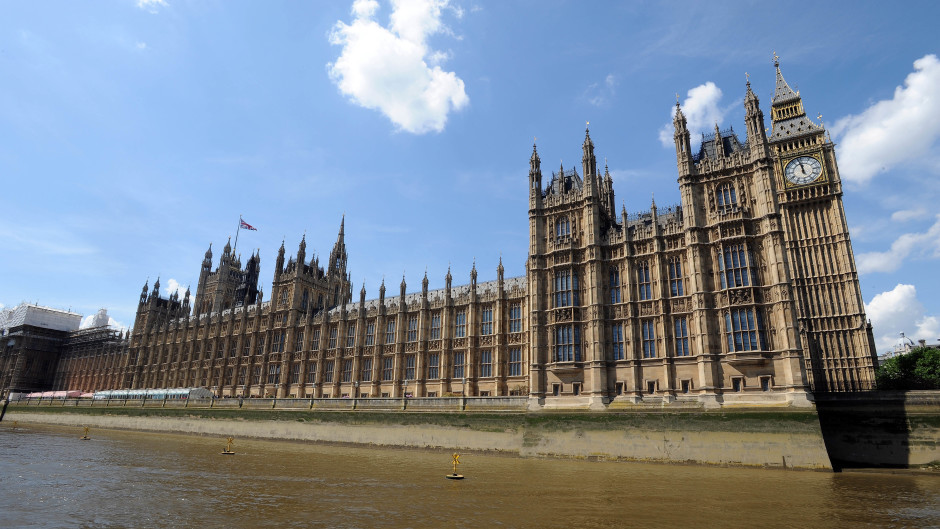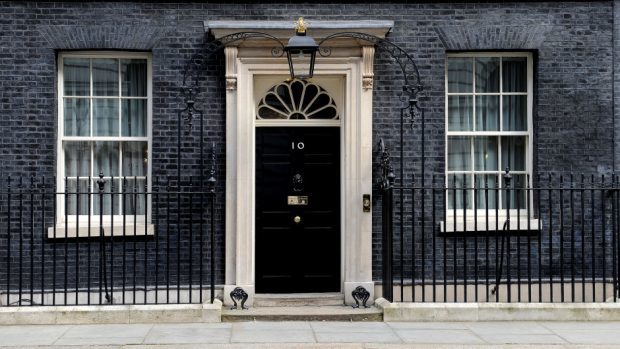The General Election has ended in a hung parliament, with no party winning an overall majority.
Jeremy Corbyn has seen a massive surge in Labour votes despite being predicted to crash out spectacularly, while in Scotland the SNP has lost a whopping 21 seats.
But what does it all mean? Who is going to form the next government? Is Theresa May going to stay on as Prime Minister?
Here is everything you need to know….
What is a hung parliament?
A hung parliament means no party has been able to win an overall majority of 326 MPs.
If things stood as they are now without any coalition deals being struck between parties, any government would be forced to rely on smaller groups lending their vote to get laws passed.
Labour say they are “ready” to form such a minority government but with Brexit negotiations due to begin in just 10 days, this would be a difficult position and could lead to a new election being called.
The most likely outcome, therefore, is a deal being struck between two or more groups in a coalition agreement.

Could there be a “grand coalition” between Labour and the Tories?
In other countries, such a result may lead to a coalition being formed by the parties who finish first and second – even if they are on opposing ends of the political spectrum.
However, in the UK, there is essentially no chance of this happening. Instead, the Tories look likely to negotiate with Northern Ireland’s DUP, while Labour could enter talks with everyone from the SNP, Liberal Democrats, Greens and Plaid Cymru.
A Conservative-DUP coalition could prove controversial with the latter blocking gay marriage and abortion rights in Northern Ireland, whilst also opposing a hard Brexit and hard border.
A so-called “progressive alliance” with Labour at its heart would also be met with some skepticism given it would leave out the party who won the largest vote share, the Conservatives.
Will Theresa May stay on as Prime Minister?
In a hung parliament, the Conservative government will remain in office – and Theresa May would carry on until a new government is formed or she chooses to resign.
At the moment the first deadline is June 13, when the parliament meets for the first time. Mrs May has until this date to put together a deal to keep herself in power or resign, according to guidance issued by the Cabinet Office.
However, the more pertinent question may be whether she even stays on as Conservative leader. Some Tory supporters have called on Mrs May to stand down after disastrous election campaign.
Speaking morning, the Prime Minister ruled out standing down but as talks continue, that position could easily change.

What if a new government can’t be formed?
Any government would need to prove it can assemble the votes needed to get its proposals passed in the Queen’s Speech, which is scheduled on June 19.
Regardless of who is attempting to take power at this stage, a failure would likely lead to the nation being asked to head to the polls again.
What about Brexit talks?
Talks are currently scheduled to being on June 19, the same days at the Queen’s Speech.
However, these are likely to be delayed in the event of a hung parliament or Jeremy Corbyn becoming Prime Minister.
The matter of how these talks are conducted and whether the public will have any say on the final outcome could feature heavily in the coming negotiations.
